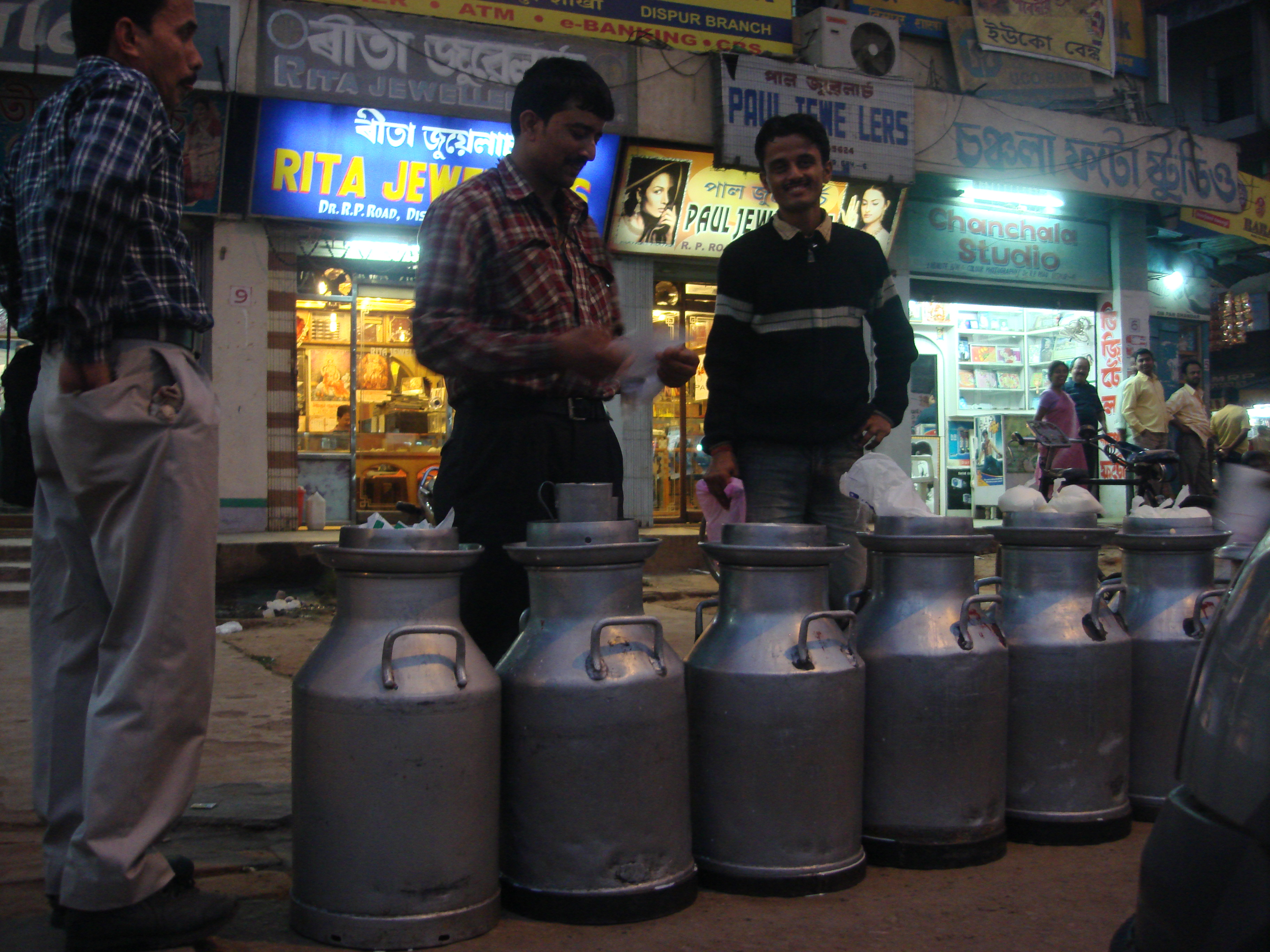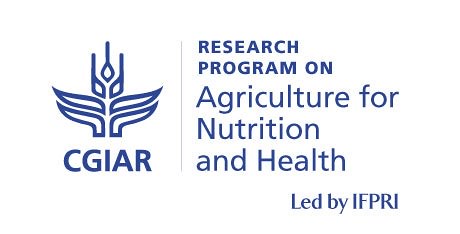
Scientists from the International Institute for Environment and Development (IIED) and the International Livestock Research Institute (ILRI) have published a new study that explores how the safety of milk and dairy products is understood and managed within the informal dairy sector of Guwahati, the largest city in Assam, northeast India.
The study, published in the journal Cogent Food & Agriculture (Oct 2022), contributes to a growing body of literature that questions negative assumptions about food safety in informal markets, and seeks to understand how access to safe and healthy food for all is, or can be, achieved in these markets.
The study combined a literature review of the informal dairy sector in Assam and India with a field survey and key informant interviews.
The survey of 113 producers, intermediaries, retailers, traditional processors and consumers, provides insights into how people think about the safety of milk, and the everyday practices they employ to mitigate food safety risks when trading and consuming dairy products.
The findings suggest that, in the absence of formal guarantees of quality and safety, consumers’ cultural practices and producers’ and traders’ knowledge likely reduce the risks of consuming raw milk.
Despite the informal dairy sector receiving little direct government support in India, the study found that at the state level, there has been some cooperation between government officials, small-scale producers and informal traders.
The authors conclude that the absence of adverse relations between these groups, together with proactive attempts at collaboration, could inform the approaches of other Indian states to food safety governance, and are a positive foundation for future improvements to food safety in Assam’s dairy sector.
Citation
Nicolini, G., Guarin, A., Deka, R.P., Vorley, B., Alonso, S., Blackmore, E. and Grace, D. 2022. Milk quality and safety in the informal sector in Assam, India: governance, perceptions, and practices. Cogent Food & Agriculture 8(1): 2137897.
Photo credit: Evening milk sales in Guwahati, Assam, India (ILRI/Susan MacMillan)




